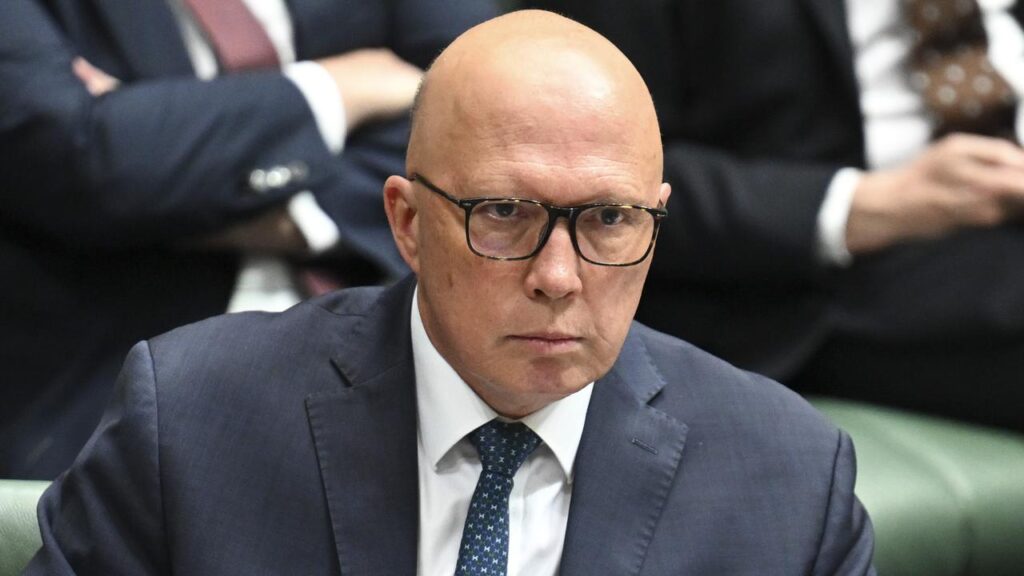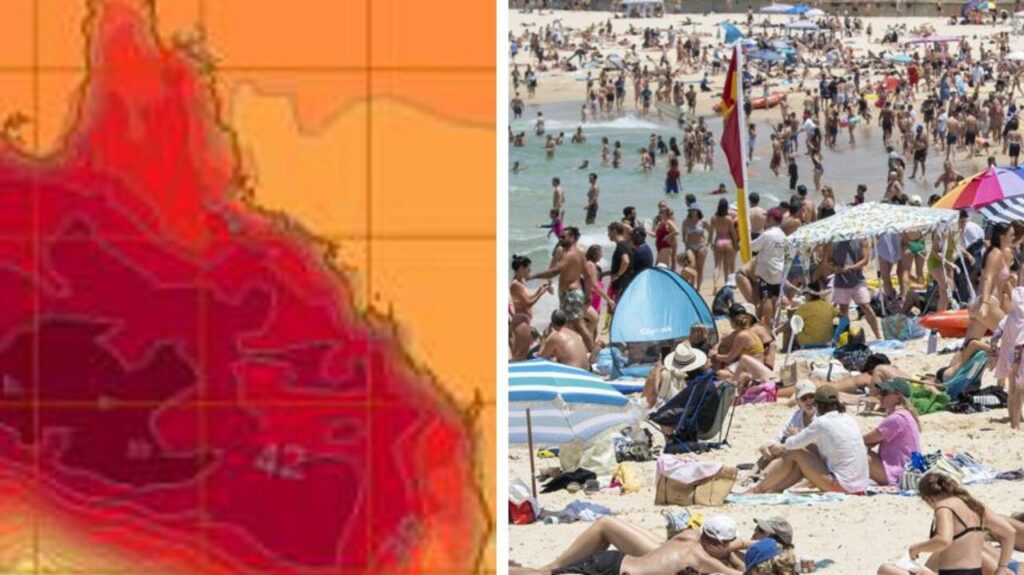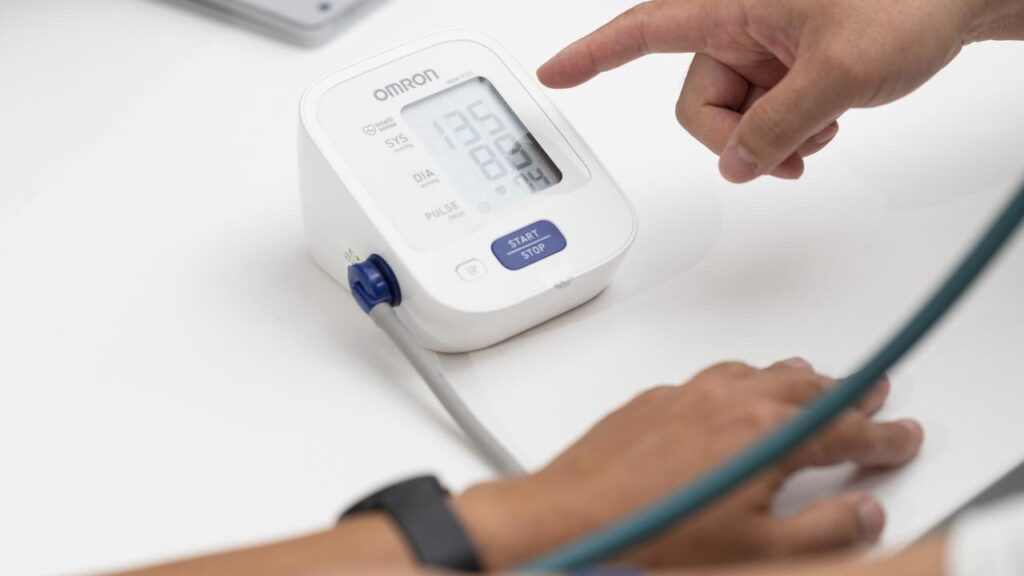State’s nurses hit milestone figure
Written by admin on May 12, 2024
NSW’s public-sector nursing workforce has surged to a record 52,400, growing by 2100 from May 2024.
The state has battled a chronic shortage of public-sector nurses since the Covid-19 pandemic, with NSW Health revealing it lost 12.6 per cent of its workforce in 2021-22.
Since coming into government, NSW Labor has launched a number of incentives to bolster public hospital staffing levels, including the $121.9m Tertiary Health Study Subsidy Program, which pays new students $4000 per year to study the three year degree.
In exchange, recipients must commit to working in the NSW public health system for five years.
Existing students can also apply for a one-off payment of $8000, once they accept a position with NSW Health.
New figures released on Sunday report 473 nursing students have entered the scheme, while 840 graduate nurses have also began employment, after being given the $8000 subsidy.
Speaking ahead of International Nurses Day on Sunday, NSW Health Minister Ryan Park said that although he was “buoyed” by the figures, there was “plenty more to be done”.
“What we’re seeing today is significant progress in recruiting as well as retaining nursing staff, at a time when health systems across the country grapple with challenging worker shortages,” he said.
“We’ve also seen more than 3400 graduate nurses and midwives start work across metropolitan, regional and rural hospitals this year, providing a significant boost to our health workforce across the state.
“The NSW government understands the importance of investing in our health workforce, including nurses, to ensure our staff can provide safe and high-quality care to patients no matter where they live in NSW.”
The stronger workforce figures comes as the NSW Nurses and Midwives’ Association (NSWNMA) has flagged it will demand a 15 per cent pay increase and a raft of new conditions for public sector nurses and midwives.
Ahead of wage negotiations, the union will also seek a doubling of penalty rates for night shifts to 30 per cent, and increasing the number of sick leave entitlements from seven to 20.
The NSWNMA has also called for measures to ensure staff are given consecutive rostered days off, with no changes to published rosters unless consulted.
NSWNMA general secretary Shaye Candish said current wages meant staff are struggling to find affordable and secure housing amid a cost-of-living crunch.
Post-Covid policies which ended free parking for staff at metropolitan hospitals, were adding to financial pressures, she said.
“Our community recognises the professionalism and incredible worth of nurses and midwives,” she said.
“It is time their pay reflects and respects their contribution to people’s lives and the economy.”
Ms Candish added that the female-dominated workforce was failing to keep pace with male dominated industries.
“If we’re serious about closing the gender pay gap, if we’re serious about providing women economic security, then raising the pay of nurses and midwives will go a long way in achieving those aims,” she said.







